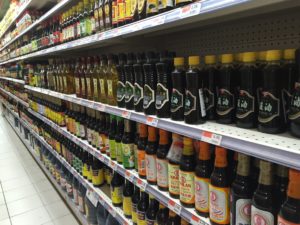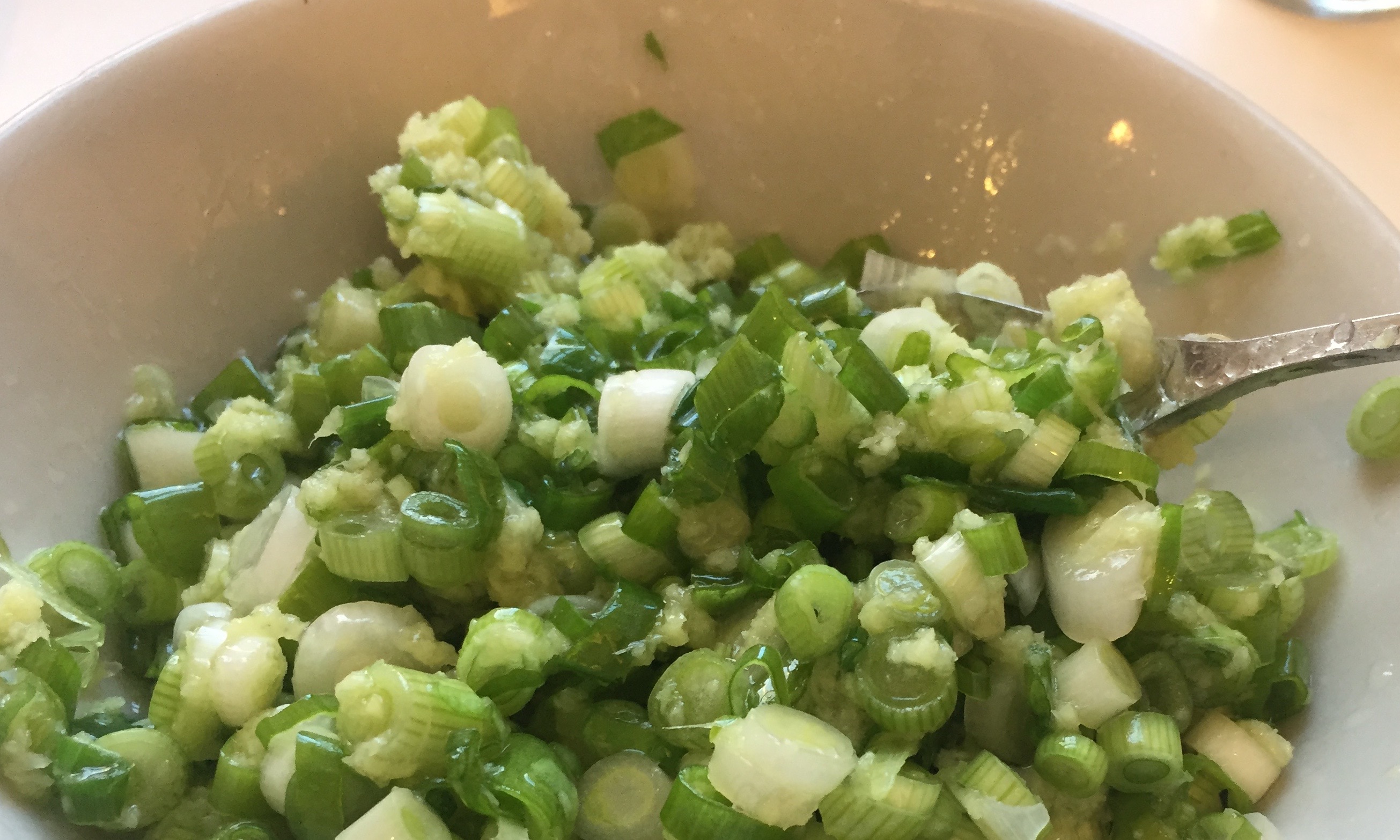
You’d think buying soy sauce is simple but this condiment can take up a whole aisle in an Asian supermarket. The choices are so wide I’ve seen many people stand and stare and can’t decide which out of the dozen brands is tastiest.
Choose carefully. Today’s soy sauces are not made the same way. Many have additives, artificial flavoring and preservatives. Some are brewed by fermentation and others are manufactured by chemical processes. I read somewhere that some of the mini packets of soy sauce that come with Chinese takeout doesn’t even have soy in its ingredient.
We’ve come a long way. When I was a child, we got our soya sauce from a man who pedaled his tricycle to sell only this from house to house. There were two choices—either regular soy (sang chau, in Cantonese) or dark soy sauce (lo chau, for aged soy sauce.) They came in, large, plastic, jerry cans. We brought our bottles to our gate and he’d pump the soy sauce into the bottles. In those days, soy sauce was fermented in our kampongs or rural areas. Suffice it to say my friend Jack told me after he toured one of these places he didn’t eat soy sauce for weeks.
I’m a typical Singapore cook and today I confess I have 7 different types of soy sauce in my pantry and fridge. And this is after I’ve thrown out too many other bottles—claiming to have specific uses—over the years. I was told Koreans have specific soy sauce for cooking specific foods. I dare not look at Japanese or Korean soy sauces for sushi or dipping whatever. Their bottles are so cute I’d easily add another half dozen and keep them in the refrigerator for years.
In my defense, the four different types of thick soy sauce that I have are hand carried from Singapore. They are used in Hokkien cuisine, for cooking and for dipping. One is for Hainan Chicken Rice which I can’t get in the U.S.
BOTTOM LINE: Unless you have a lot of refrigerator space, most cooks can do with just two soy sauce—regular (or light) soy sauce, and aged (or dark) soy sauce.


